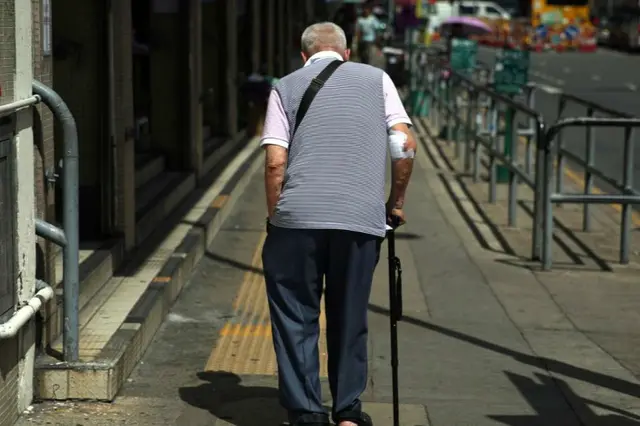Dying at home might be a solution to ease overcrowding in public wards, but the idea might spark a debate in the community as a survey undertaken by a local hospital’s palliative care unit found only about 14 per cent of patients receptive to the idea.
Instead of pushing the trend of dying at home, an expert in palliative care suggested the government could first try the concept in elderly care homes, which have better manpower and facilities.
A survey undertaken by the Caritas Medical Centre in 2012 found that among 102 respondents who were staying in the unit for terminally ill patients, only 13.8 per cent chose home as their preferred place of death.
Palliative care units, which specialise in providing comprehensive care to dying patients, were the most popular choice, with 44.6 per cent choosing them as their final resting place.
Dr Raymond Woo Kam-wing, one of the doctors conducting the survey, explained that dying at home was difficult for districts with poorer elderly residents such as Sham Shui Po, where his hospital is located.
“Home death requires family support. But in Sham Shui Po, there are many elderly who are single or just living with their spouse ... Is it realistic for those who stay in partitioned flats to die at home?” said Woo, a specialist in palliative medicine.
Patients who were suffering thought their pain could be better treated in a hospital, Woo said.
A suitable environment for passing away at home appears to be a privilege reserved for well-off families.
“Hongkongers do not have the ability to die at home. Most of our homes are small, and we don’t have caregivers to take care of patients,” said Dr Michael Sham Mau-kwong, one of the early pioneers in setting up speciality training in palliative medicine in Hong Kong.
“Usually those who can die at home have family members who are doctors or nurses,” said Sham.
Home death required doctors to visit patients at home to certify their death, but in reality it was not possible to do so around the clock due to limited manpower, he said.
In contrast to homes that throw up all sorts of problems, Sham suggested the use of long-term care homes, which have visiting medical staff and a larger group of caregivers.
“It is easier to train caregivers in a group ... such as what to do when the patient feels pain, has shortness of breath or bleeds.
“If the policy works well in care homes, it could then be extended to homes,” Sham said.
Another challenge is to empower patients to choose their preferred place of death and treatment when they fall unconscious, which is not allowed under existing regulations.
While death at home might be considered inauspicious, the price of a flat was unlikely to be affected, said Dr Lawrence Poon Wing-cheung, senior lecturer in City University’s division of building science and technology.
“Death due to illnesses would not be recorded in information about the flat,” Poon said, adding that it would be different if a murder or suicide had taken place.
“I believe if the government widely promotes this concept, the level of public acceptance would be different,” Poon said.
(SOUTH CHINA MORNING POST)
 简体中文
简体中文





